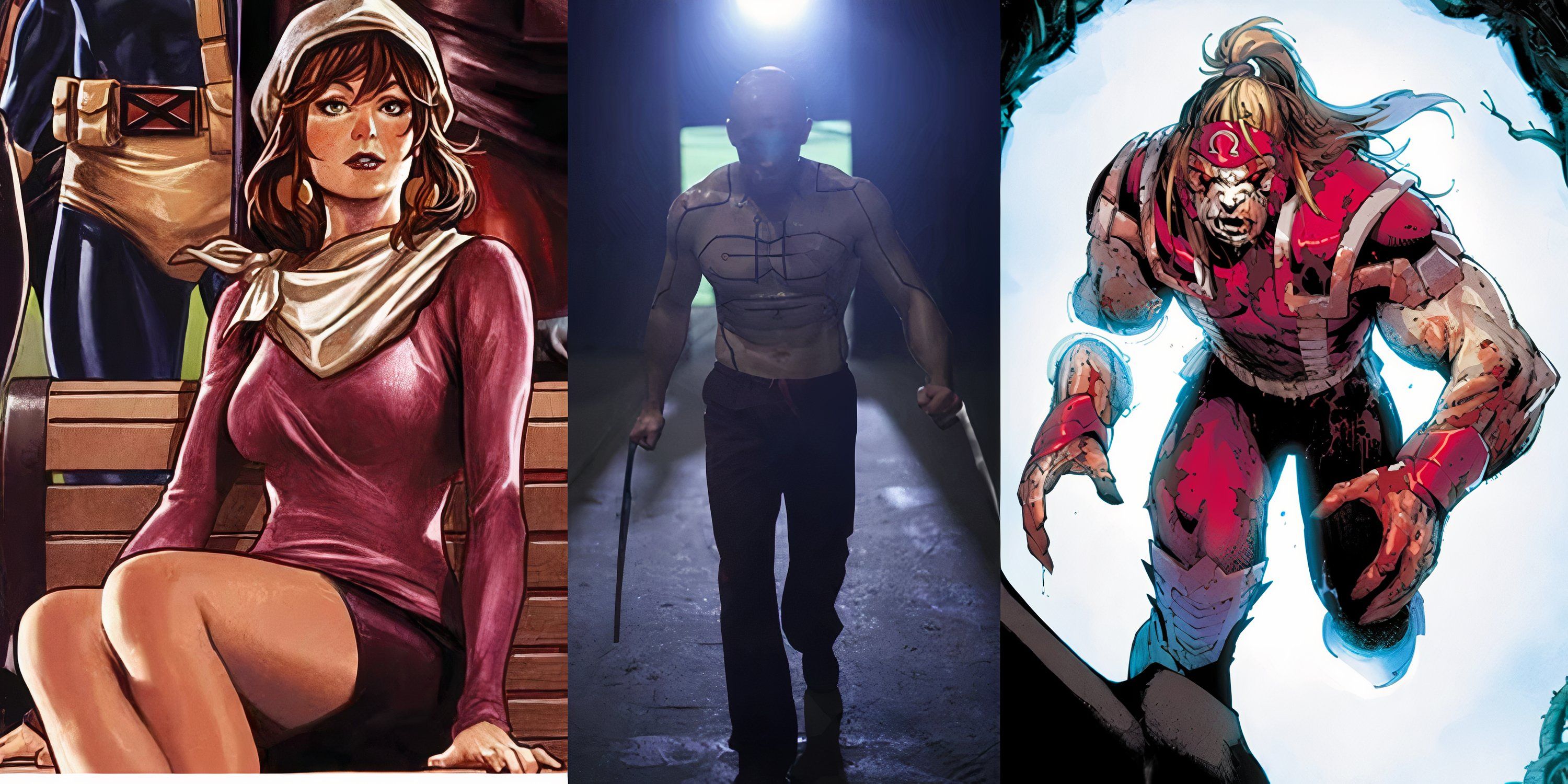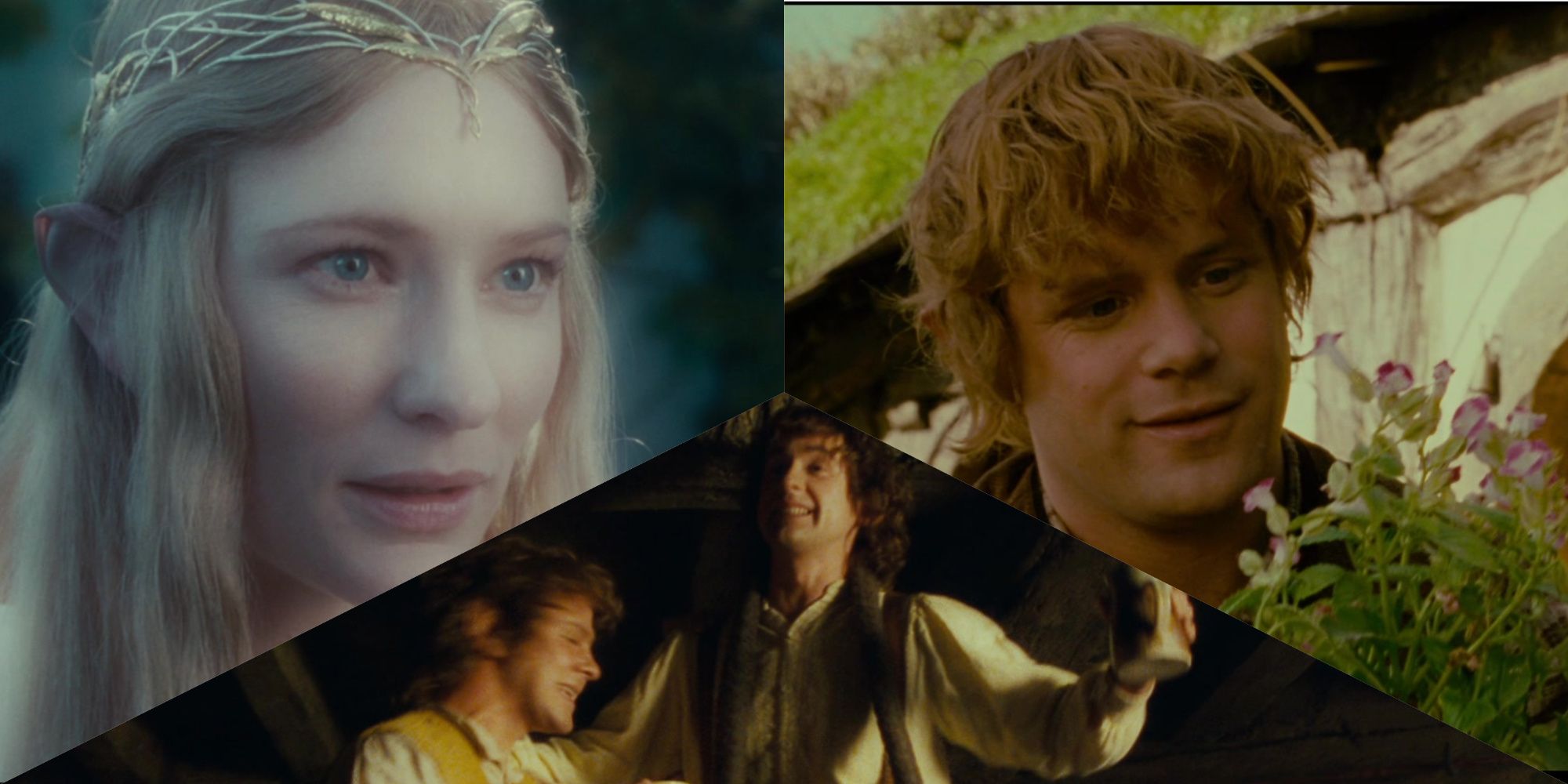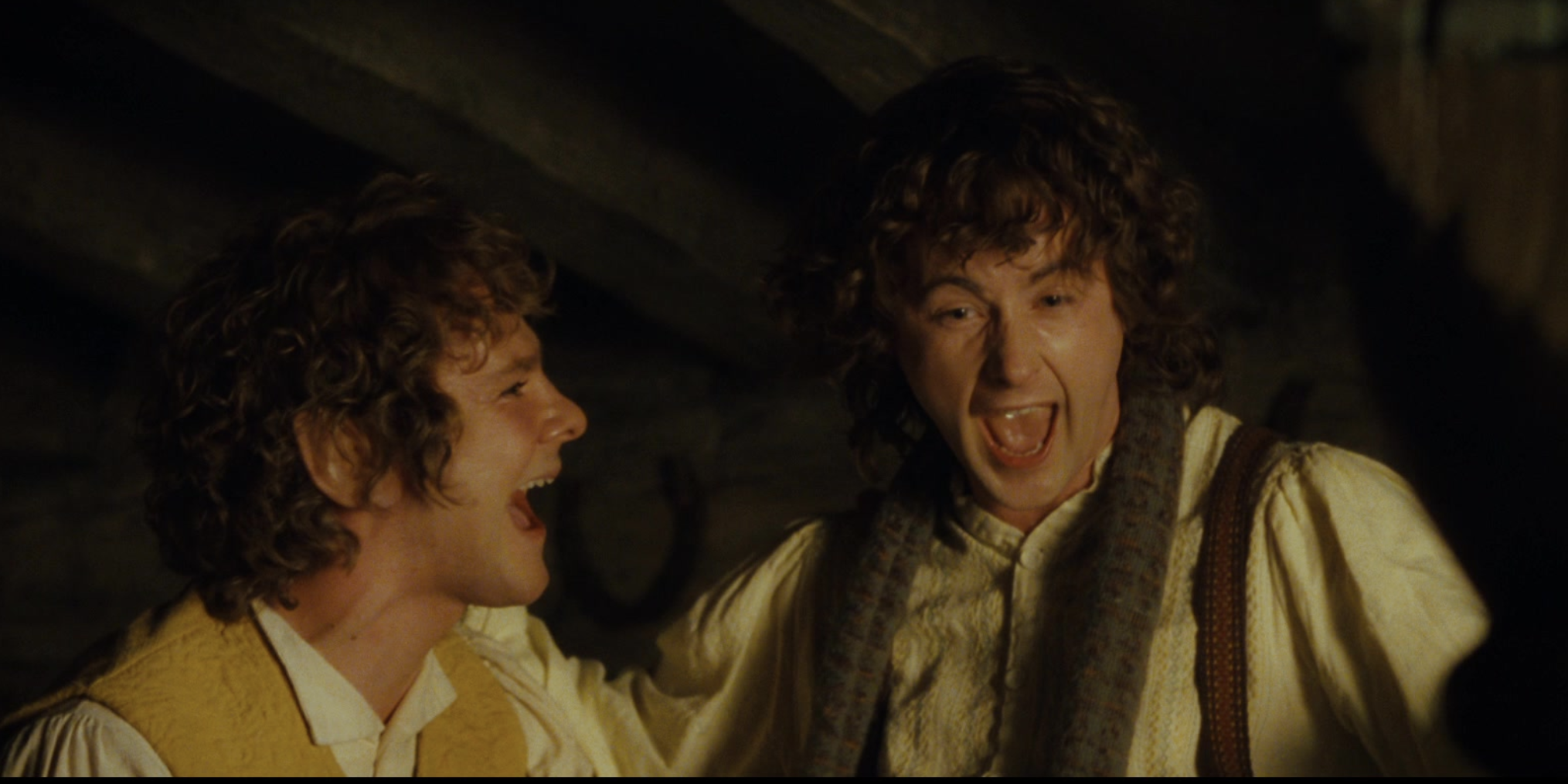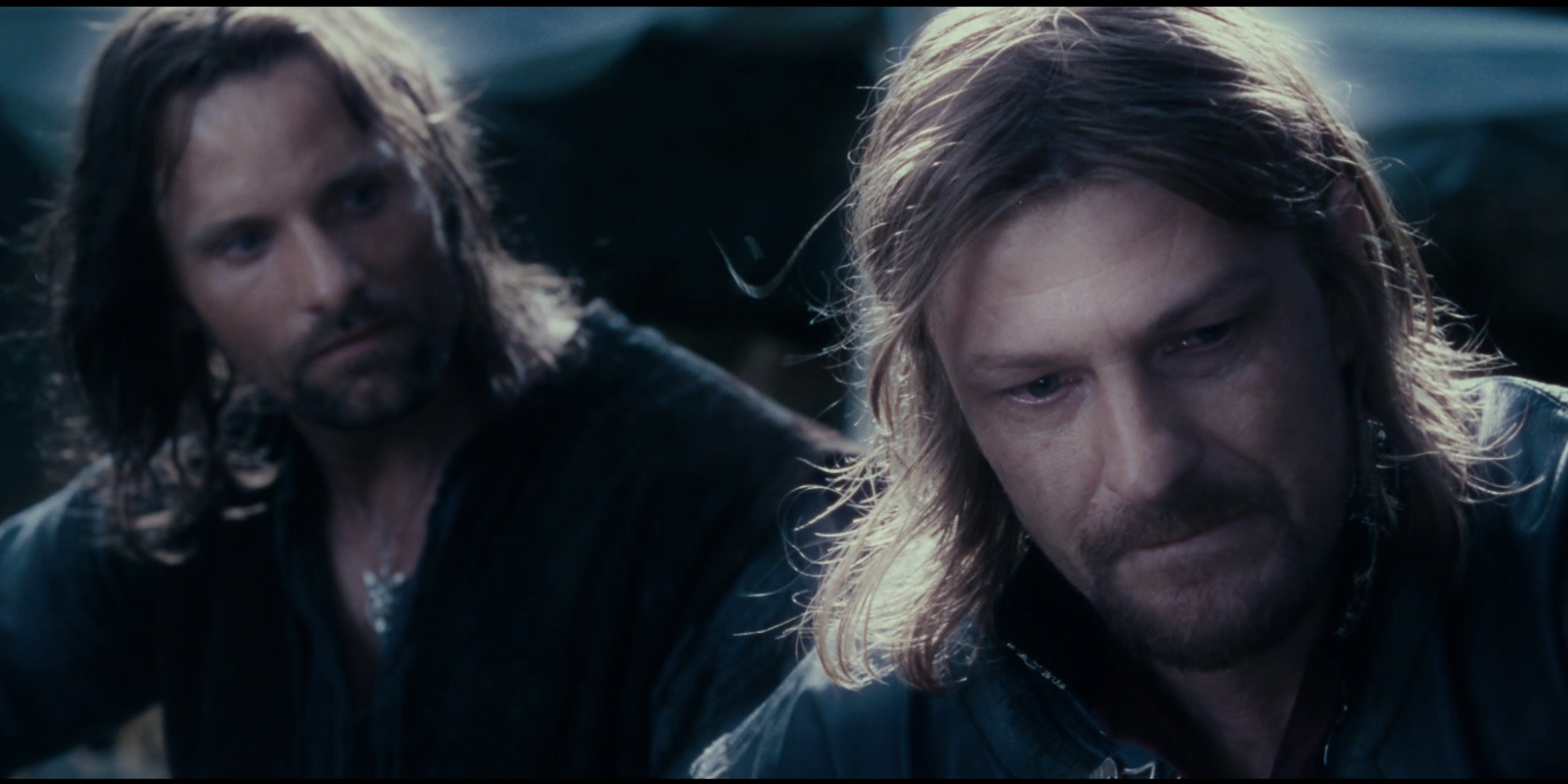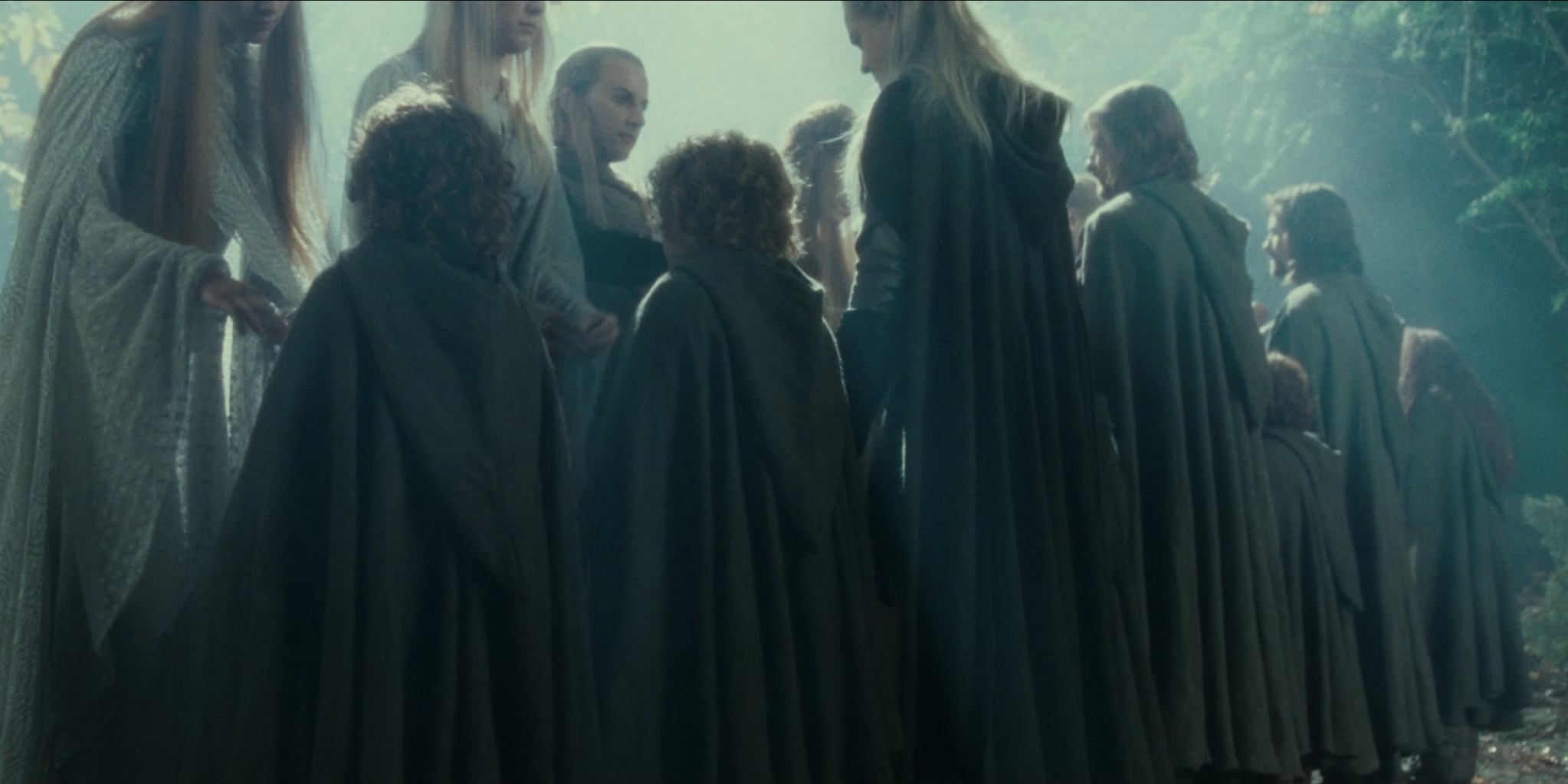Quick Links
When making a film trilogy as epic as The Lord of the Rings, it’s imperative to tell the story as succinctly as possible without omitting the heart and soul of the source material. Director-writer Peter Jackson, as well as the entire cast and crew, managed to complete this daunting task with flying colors. Twenty years later, audiences are still in love with the LOTR movies and the franchise that followed.
Movie-making comes with its challenges, of course. Some scenes that were filmed for The Fellowship of the Ring did not make it into the theatrical release. Luckily, the extended editions of all three movies brought back some excellent scenes that made the films even better than before. Here are the best added scenes from the extended version of The Fellowship of the Ring.
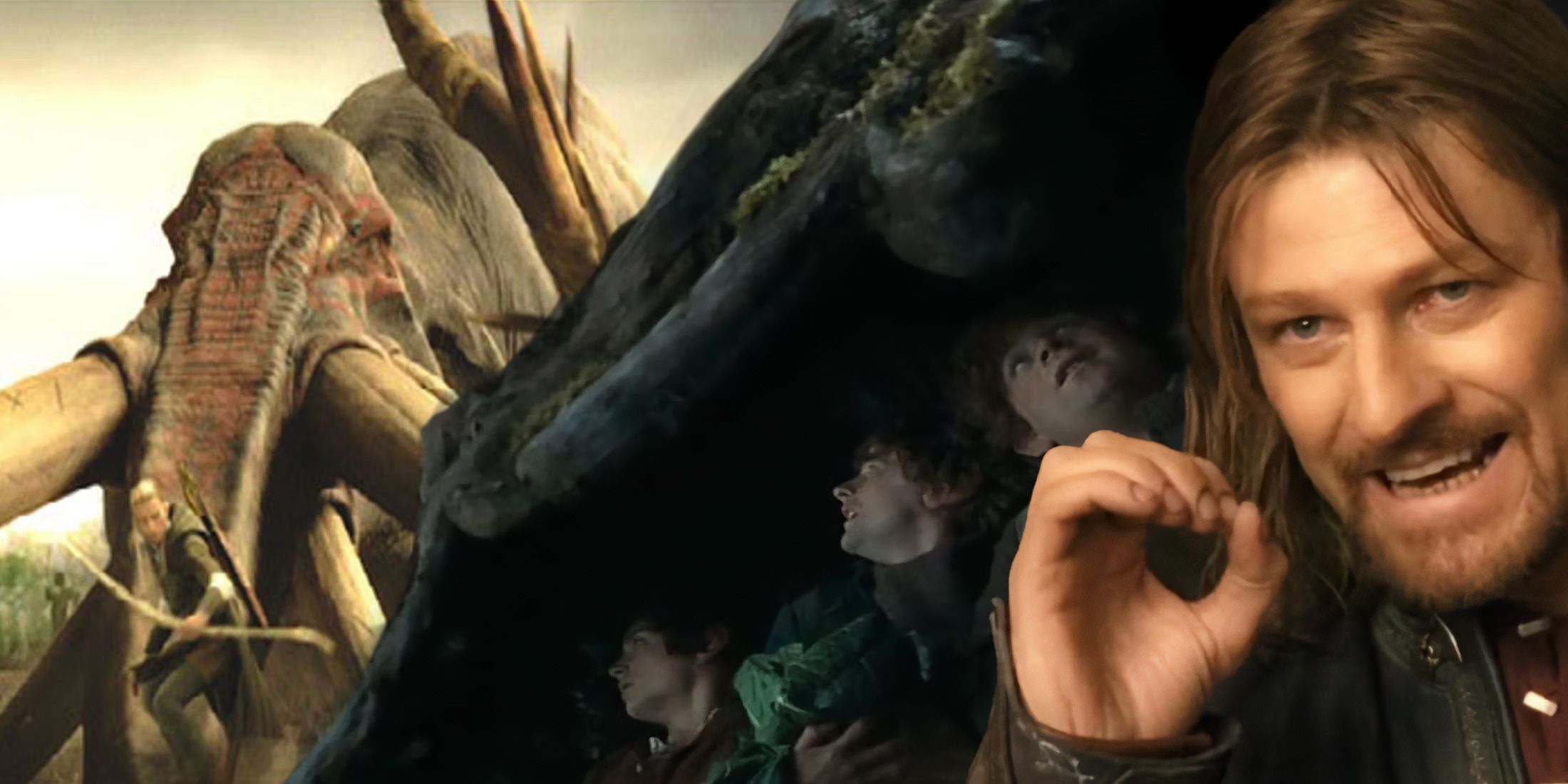
The Lord of the Rings: 15 Most Iconic Scenes From The Trilogy
The Lord of the Rings is full of great moments, but some are a lot more memorable than others. Here are the most iconic scenes from the trilogy.
The Concerning Hobbits Prologue
Every Lord of the Rings fan remembers the prologue from the theatrical version of The Fellowship of the Ring, which fills the audience in on the first War of the Ring and the defeat of Sauron. From there, it cuts to the trilogy’s hero, Frodo Baggins, sitting peacefully under a tree before he runs off to meet Gandalf. In the extended edition, there is a more thorough introduction to the world of the hobbits and the Shire, which follows the initial prologue.
It begins with an interior shot of Bag End, where Bilbo Baggins is seated at his writing desk, and the audience hears his internal monologue as he writes the title of his book: “There and Back Again: A Hobbit’s Tale by Bilbo Baggins.” He contemplates where he should begin, and naturally, he starts with “Concerning Hobbits.” As Bilbo is heard narrating in voiceover, the scene cuts to various images of Hobbiton and its inhabitants. There’s Samwise Gamgee in his garden, as well as the townsfolk going about their daily routines. Bilbo talks about the hobbits’ love for good food, good pipeweed, and a peaceful life.
The scene is a joy to watch, and adds a touch of classic Tolkien fare that book lovers can appreciate. Not only do we get those iconic words from “The Hobbit” book, but we are also treated to the pastoral images of Hobbiton and the Shirefolk. The scene helps to enhance the idea of just how idyllic the hobbits’ lives are, and what they have to lose should the One Ring go to Sauron.
The Green Dragon
After Bilbo leaves Bag End and Frodo is entrusted with the One Ring, Gandalf rushes to Minas Tirith to scour the archives for information. There’s a sense of foreboding as the film turns away from the Shire to direct the viewers’ attention to the dark dealings of Mordor. Minas Morgul is bustling with activity, and the Nazgûl set out on their hunt in search for the “Shire” and “Baggins.”
In the theatrical version, the scene cuts to Frodo returning home to Bag End to be met by a haggard Gandalf. An added scene in the extended version shows Frodo and his friends having a drink at the famous Green Dragon - the Hobbiton hotspot for a good time. As Merry and Pippin lead the tavern in a song and dance, Frodo and Sam sit with the elder hobbits. The elders, including Sam’s father, the Gaffer, have a solemn conversation about strange things happening near the Shire’s borders, and the prediction of troubles ahead. There’s also a sweet nod to Rosie Cotton, the tavern keeper and the object of Sam’s affection.
This added scene may be brief, but it allows the audience a deeper peek into the lives of the hobbits. It also introduces beloved characters from the books, like Rosie and the Gaffer, as well as ramps up the tension of impending danger. The scene in The Return of the King when Merry and Pippin sing about The Green Dragon in Théoden’s hall is also a callback to this earlier scene.
Boromir And Aragorn Bond in Lothlórien
Late in the second act of The Fellowship of the Ring, the heroes come upon the elven realm of Lothlórien. After meeting with Galadriel and Celeborn, the fellowship is given sanctuary and a place to rest for the night. Sleep does not come easily for them, however, after the loss of Gandalf in the Mines of Moria. In the extended version, a scene between Aragorn and Boromir gives viewers a deeper look into the mind and motives of the Gondorian soldier.
Boromir confesses to Aragorn that Galadriel spoke to him in his mind, telling him that there is still hope for Gondor. Boromir has trouble believing her, however. He talks about his father, Denethor, and the pressure the Steward has placed on him to restore Gondor’s glory. He then begins to reminisce about the White City, picturing its banners blowing in the breeze, and the beautiful white tower of Ecthelion. Boromir offers encouragement to Aragorn that when they reach the city, the horns will blow in celebration of the return of the “Lords of Gondor.”
It’s a wonder that this scene was cut from the original film, because it accomplishes something that the theatrical film does not. In the original The Fellowship of the Ring movie, it feels like Boromir is not as fleshed out as he could be. He’s more of a plot device, meant to add conflict within the fellowship and attempt to take the One Ring from Frodo. What this scene does is add more character development for Boromir, giving him more depth and placing him in a more sympathetic light. It also gives Boromir and Aragorn a chance to build a friendship, as opposed to Boromir’s antagonistic attitude toward the lost king of Gondor.
Galadriel's Gifts
One additional scene in the extended edition of The Fellowship of the Ring not only clears up a bit of confusion, it’s also a favorite moment among fans of the book. As the heroes leave Lothlórien by boat, the members take time to recall a series of gifts given to each of them by Lady Galadriel. In the original film, the only one who receives a gift is Frodo. Galadriel gives him the phial of the Star of Eärendil, which later comes in handy when he and Sam go up against the wicked Shelob in Cirith Ungol.
However, the extended edition shows how each of the fellowship heroes get their own special gift, including the elven cloaks and brooches. Merry and Pippin get daggers, Sam gets a rope, Legolas gets a bow, and Aragorn gets a shortsword from Celeborn. There’s also a nice mention of Gimli’s prize: three of Galadriel’s golden hairs, her most famous trait. This sweet interaction is a beloved moment from the book, since Gimli is so taken with Galadriel despite his very vocal hatred of elves.
The fact that this scene was left out of the original theatrical version is a shame. Firstly, it shows Galadriel in a much softer and kinder light than when the heroes originally met her. It also helps to explain where and how the group got all of their new supplies, particularly the cloaks and Sam’s elven rope, which seem to appear out of nowhere. Thankfully, it found a place again in the extended edition of The Fellowship of the Ring.
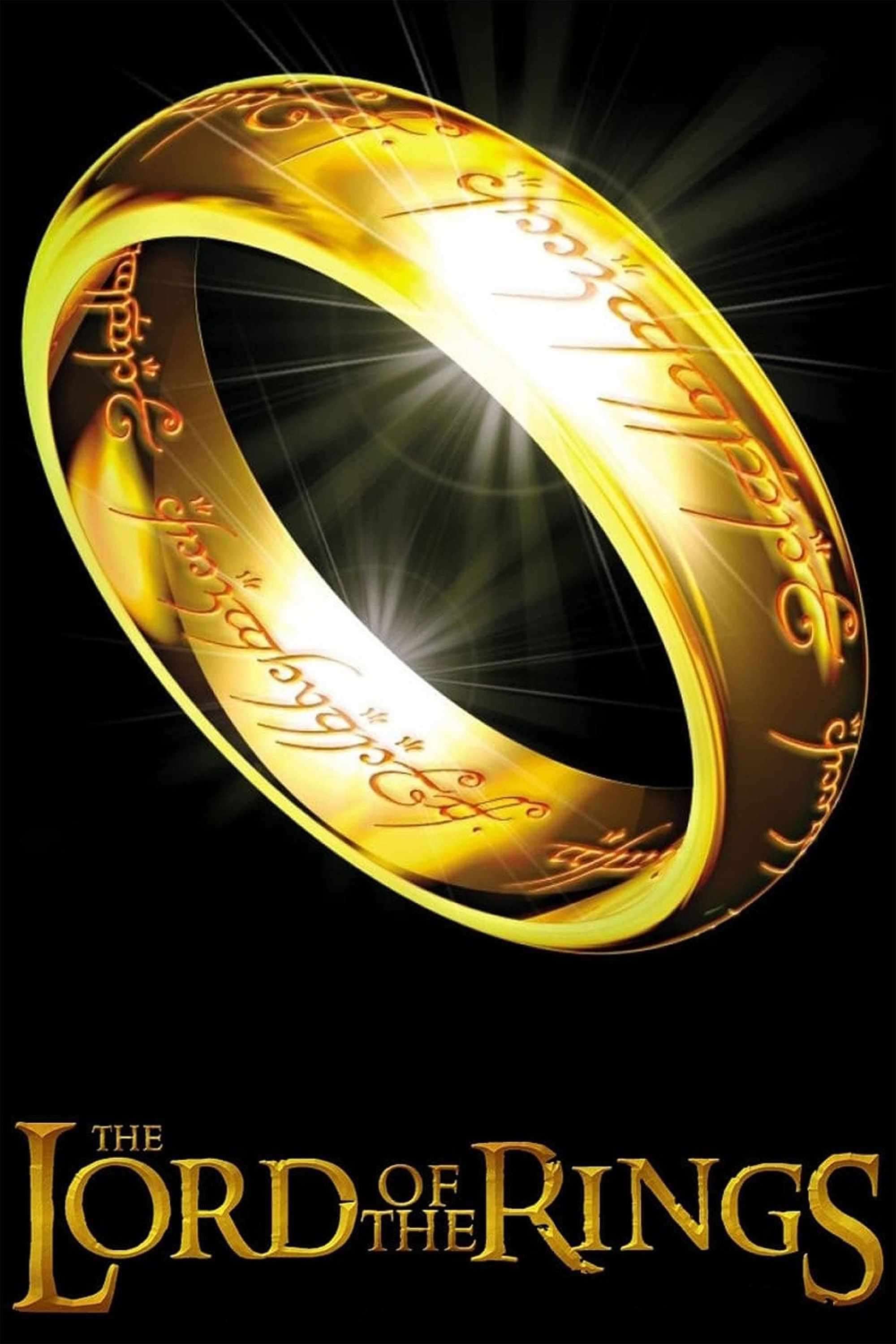
The Lord of the Rings
The Lord of the Rings is one of the most iconic names in entertainment. The franchise started with novels from J. R. R. Tolkien before being adapted onto the big screen by Peter Jackson in one of the most critically-acclaimed film trilogies of all time. There have also been numerous The Lord of the Rings video games of varying quality.
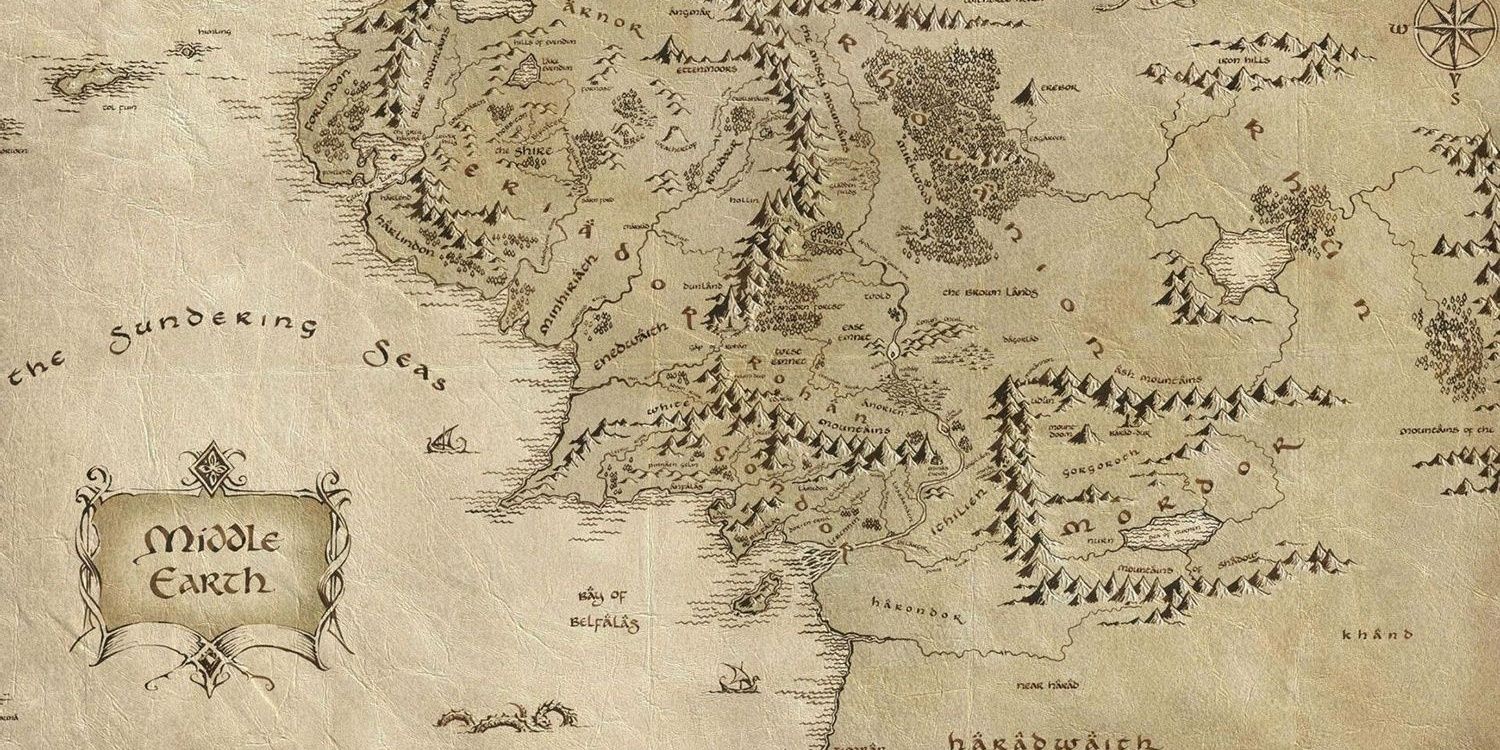
Is Middle-earth The Only Continent In Lord of the Rings?
While Middle-earth is where the main quest of the LOTR story happens, there are other places in the world that aren't explored as much.

